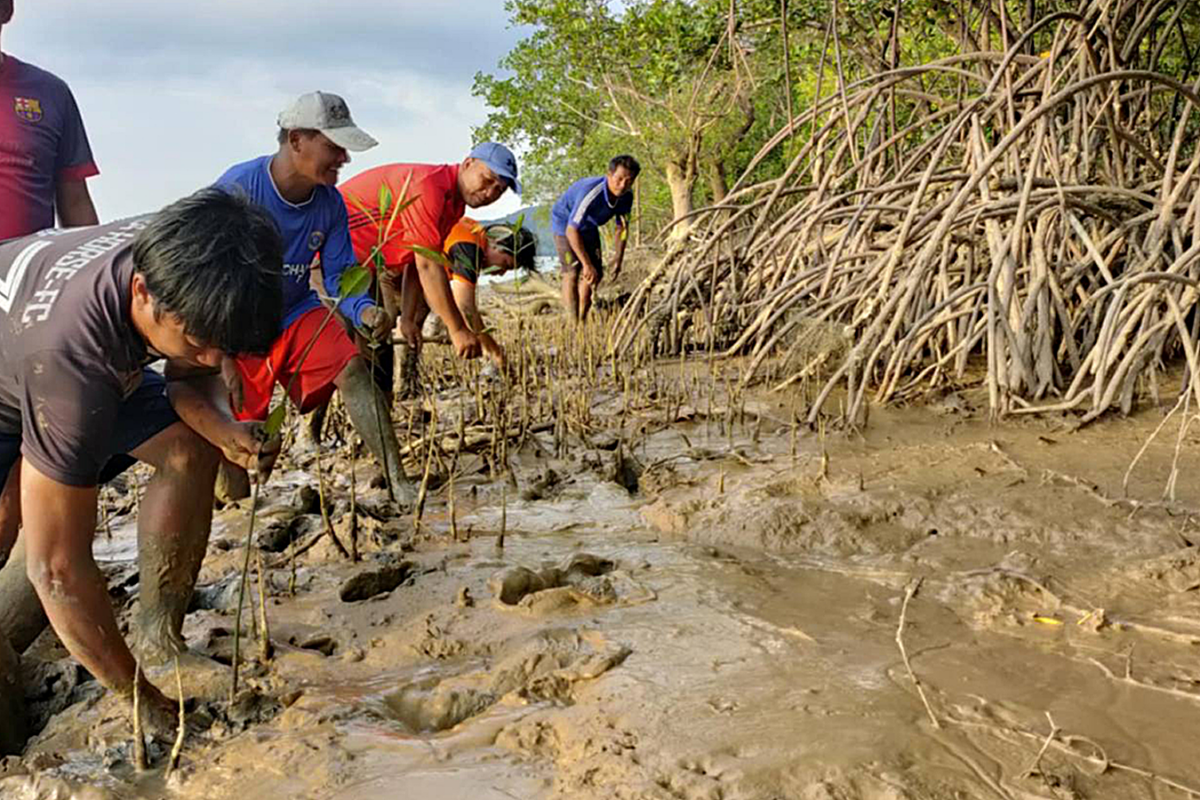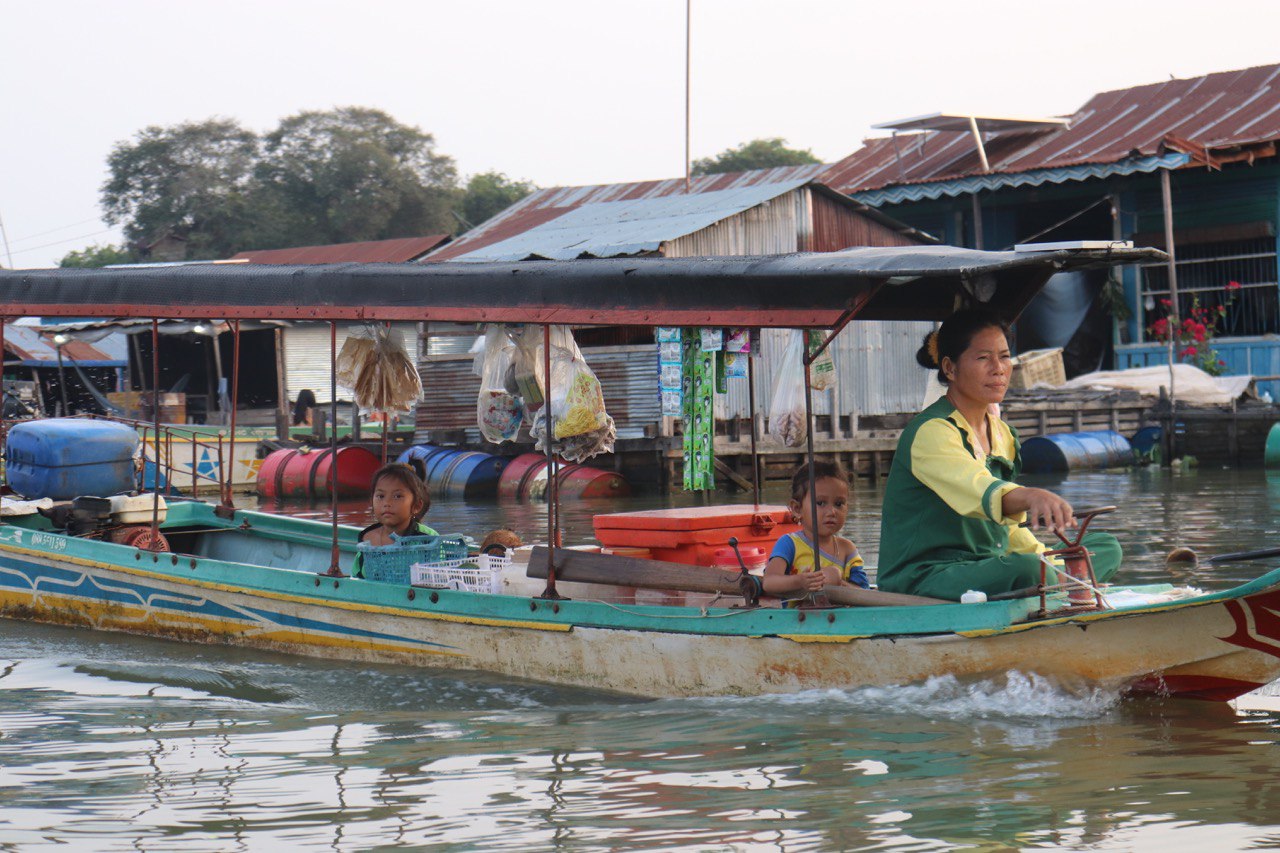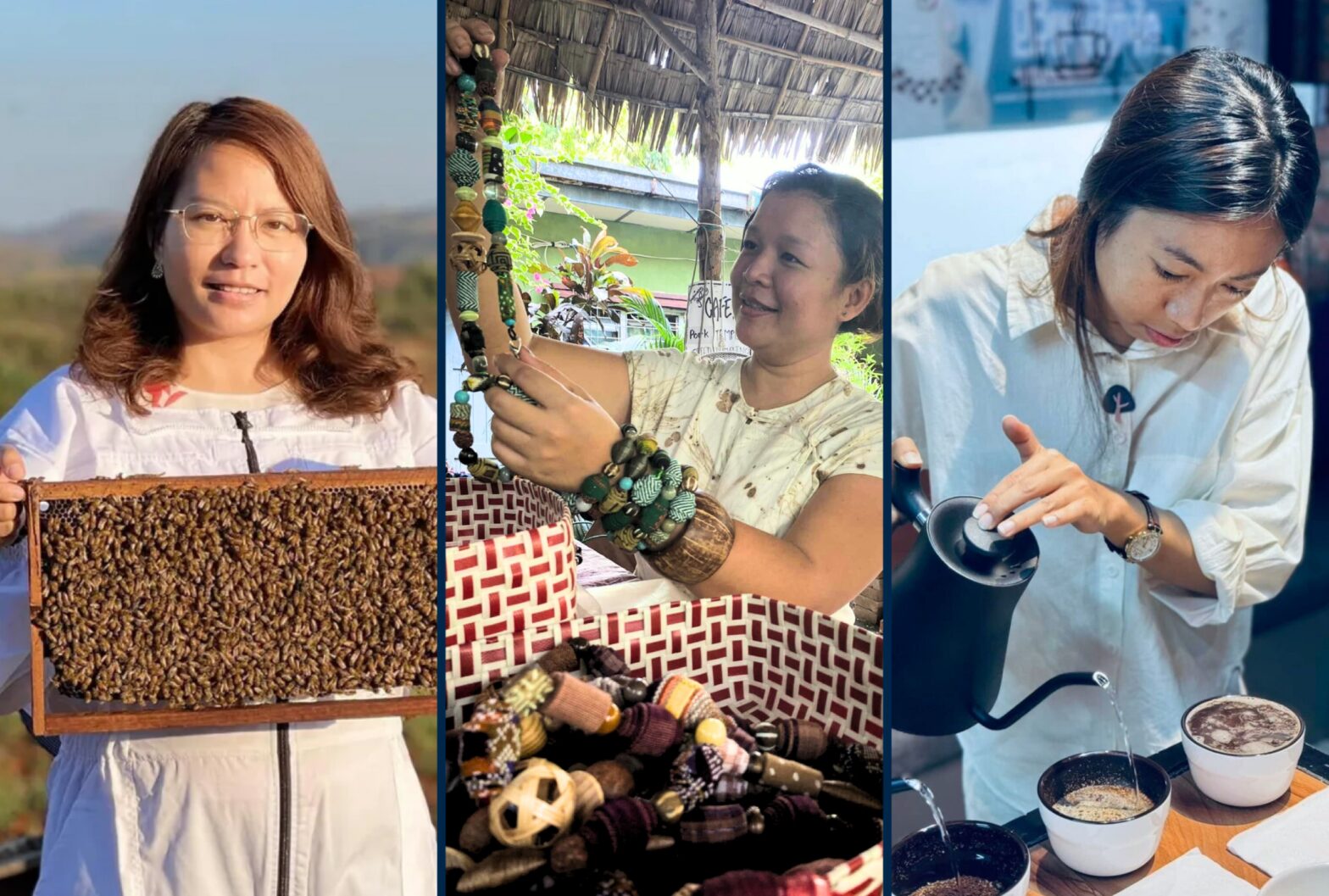TANINTHARYI, MYANMAR — Efforts to conserve rivers and mangroves in southern Myanmar came to a standstill when activists fled the country in fear of their safety. The responsibility now falls on those who remain, although they face intense surveillance from the military.
Ko Shwe Phan was once known as the “Pat-Chan Hero,” a title given to him by Myanmar news outlet Tanintharyi Weekly Journal in 2019 in recognition of his efforts to protect the Pat-Chan River.
The Pat-Chan, also known as Pakchan, is a 130-kilometer boundary river shared by Myanmar’s southern Tanintharyi region and Thailand’s Ranong province.
It hosts a large area of mangrove forests that provide habitats for marine animals, making it the primary “rice pot” for about 5,000 people living along the river at Myanmar border.
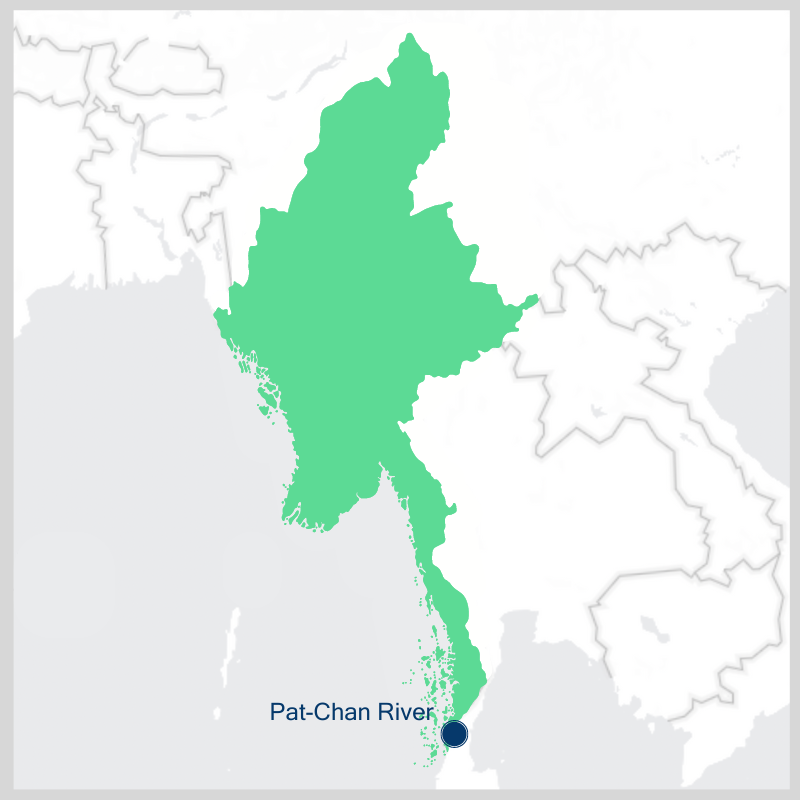
Ko Shwe Phan, originally from Myanmar’s southernmost Kawthaung town where the river meets the Andaman Sea, formed the Pat-Chan River Conservation Group in 2016 in collaboration with local people – who were aware of the river’s value to their lives.
They were able to stop local companies that planned to clear the mangrove forests for profit-making enterprises while working with more than 250 villagers to request a “community forest” status for about 920 hectares of mangrove areas on various parts of the river.
This status would allow local communities to obtain legal rights to guard the forest and earn sustainable livelihoods from it. The Forest Department under the previous elected government answered their call.
Many forests were still in the process of receiving this status when the military staged a coup in February 2021, suspending conservation work across the country as environmental activists fled in fear for their safety.
Ko Shwe Phan was forced to take refuge in a neighboring country, far from the river he cherished.
“We were able to protect the Pat-Chan River by demonstrating that we would survive only if the river and mangrove forests existed,” he recalled. “What I can do in the current situation is worry about the Pat-Chan River from afar.”
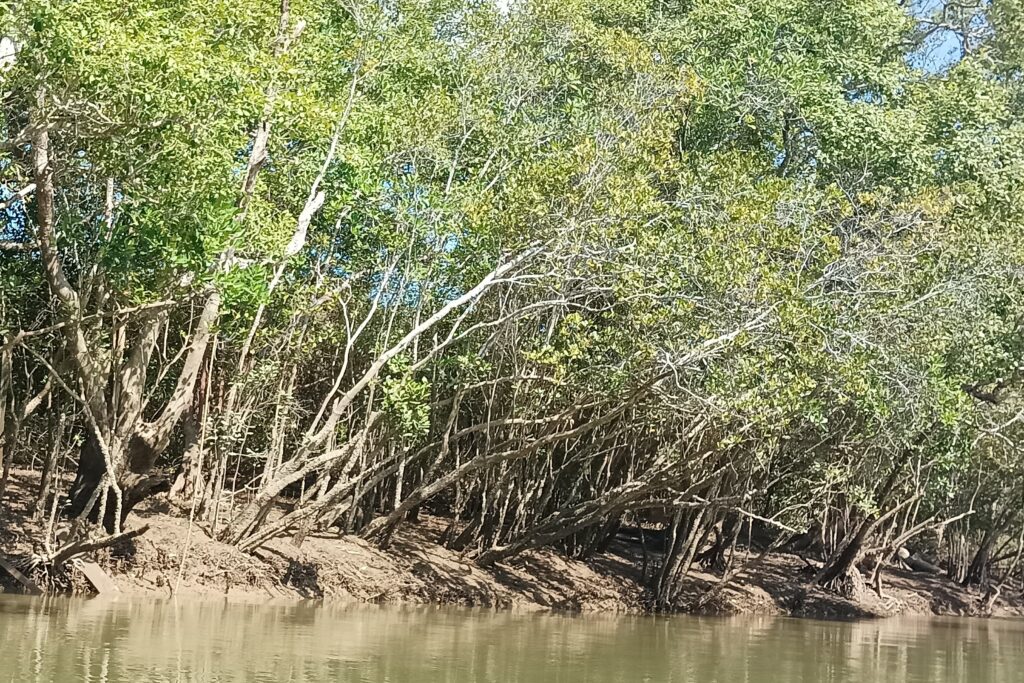
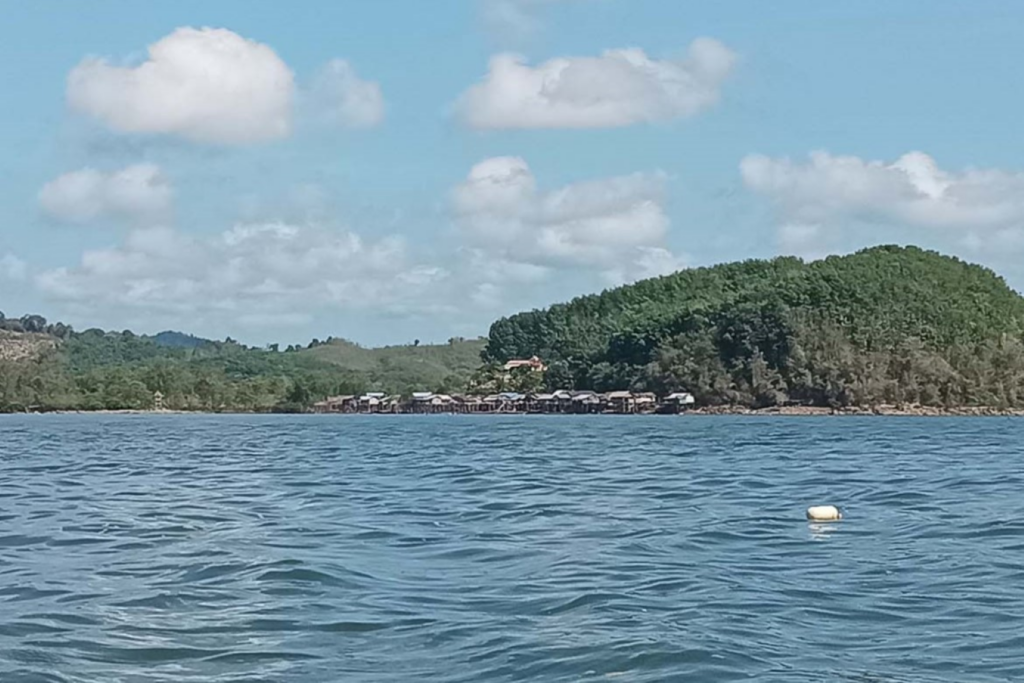
Similarly, other members of his group had to maintain a low profile within Myanmar or leave their homes due to various reasons, including harassment, the economic downturn, and the military government’s reactivation of the national conscription law.
One of the conservationists remaining in the country showed an image of a community forest certificate on his mobile phone and lamented, “Who can we show this certificate to now?”
With the weakened presence of the conservation group, the river and mangrove forests were left without guardians – which opened the door for unregulated and unsustainable businesses to flourish.
Mangrove forest seizure
Less than one year after the coup and up until now, members of the Pat-Chan River Conservation Group, who had already scattered into refuge, received reports of widespread mangrove forest clearance in many areas.
At the mouth of the river, where Kawthaung town is located, local people witnessed workers from a local company cutting down trees in the mangrove forest of Nga-Eain-Su village and fencing off the area. They were told the forest was going to be turned into a crab farm.
Conservation network members in Chaung-Wa and Aye-Chan-Tha villages, situated in the middle part of the Pat-Chan River, also reported the clearing of mangrove forests for commercial prawn and crab farms.
“They cut the forests without letting us know,” said a villager who asked to remain anonymous due to safety concerns.
Buildings were erected in the cleared areas, and an embankment was constructed along the riverbank, leaving no space for the mangrove forests to grow back. Palm oil and rubber companies have also seized land along the river’s banks and in community areas.
Conservation group members who have remained in their villages reported seeing the military patrolling the river in speedboats.
Landmines were planted on the paths that villagers previously used to access the mangrove forests, by both the military and its opposition armed revolutionary groups fighting for control of the area.
Kawthaung town is now under the control of the military, with little presence of armed groups. This situation allows military members and their bureaucrats to dictate the usage of the river and mangrove forests.
“Some local businesspeople are granted protection due to their close ties with the military network. We dare not run conservation activities at the mouth of the river, let alone try to stop them,” said a local conservationist who remains in the area.
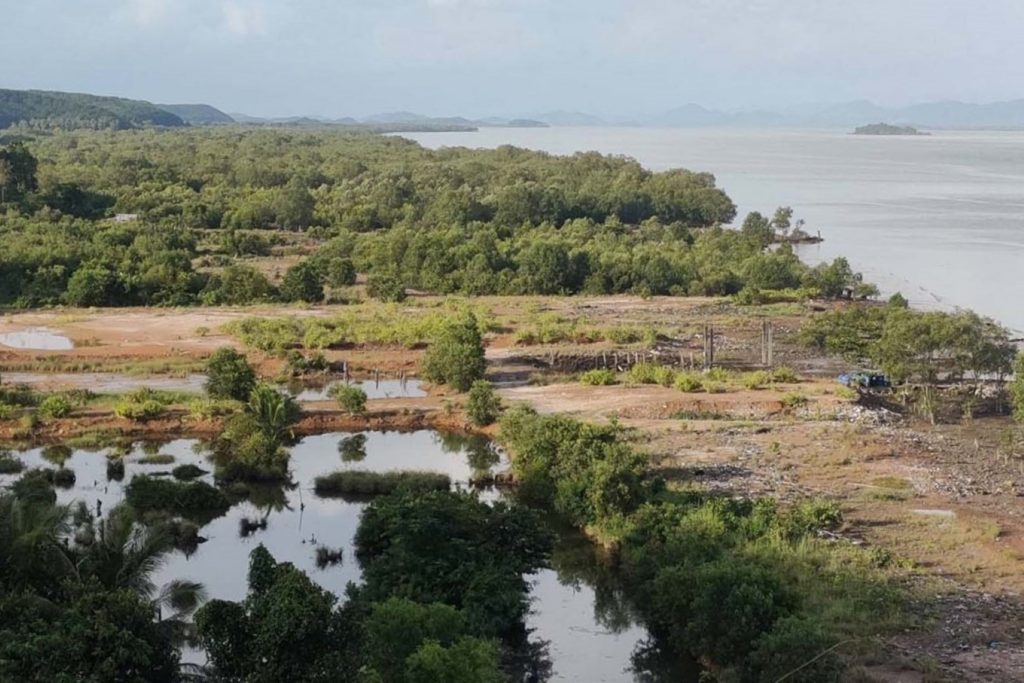
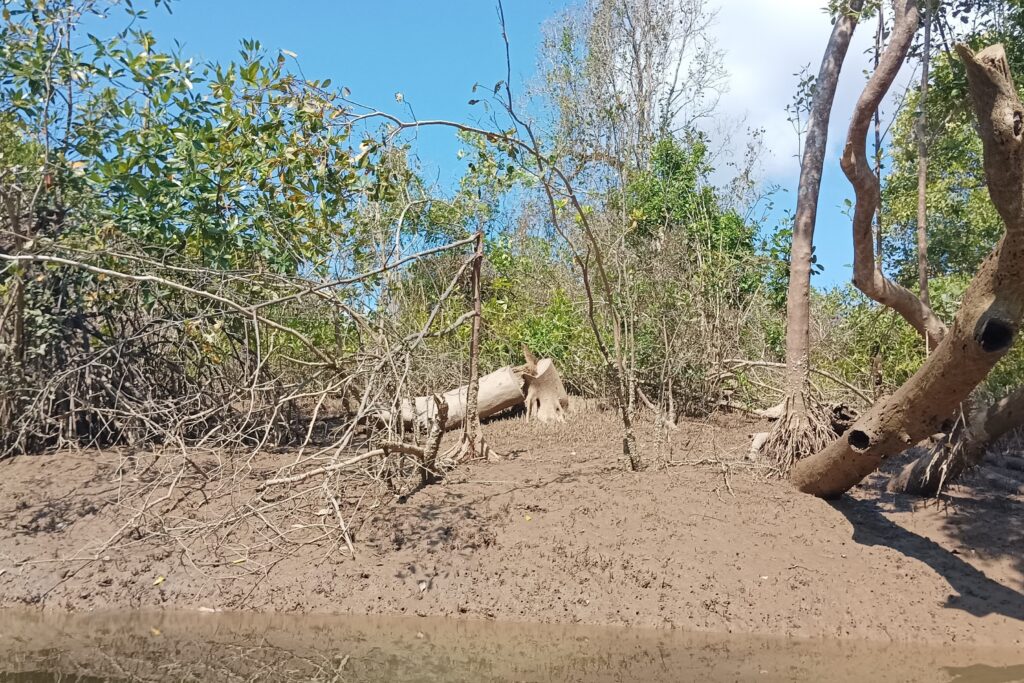
The contrast is striking on the eastern side of the river, which is under Thailand’s administration. Without war and unrest, conservation efforts for mangrove forests are thriving, along with local eco-tourism businesses.
Facing Kawthaung town, Thailand’s 14,230-hectare Ranong Mangrove Forest remains protected and is now part of the Thai government’s nominated Andaman Sea Nature Reserves for UNESCO World Heritage Site status.
Conservation before the coup
Due to the booming seafood and aquaculture industry, areas near the mouth of the Pat-Chan River had long been eyed for facilities like dockyards, fuel depots, cold-storage factories, fish-processing factories and warehouses.
Since 2014, many businessmen arrived with plans for large-scale developments that would involve clearing the mangrove forests, but these efforts were thwarted by a strong local conservation movement.
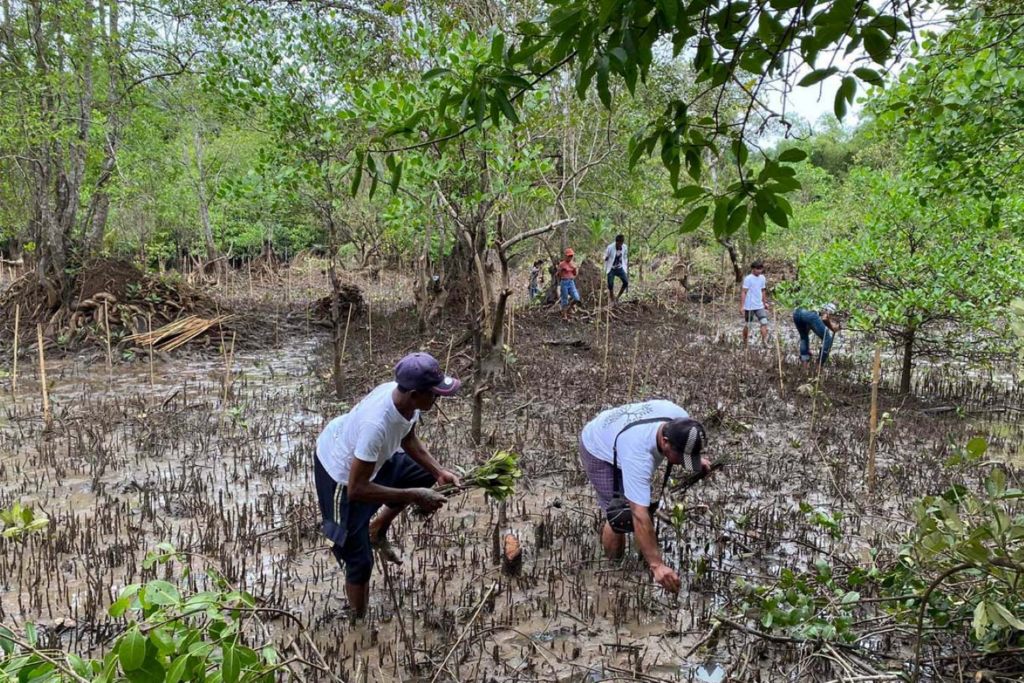
The Pat-Chan River Conservation Group, with support from local villagers, ran several initiatives in the pre-coup years.
These included campaigning for river conservation, educating local communities on the value of the river, planting mangrove trees and implementing a waste management project to ensure clean water.
The group also sought support from Forest Department officials, civil society organizations, the media and experts, who were invited to provide know-how on conservation work.
The key message of their campaign was clear: “If you care about the river and mangrove forests, you will always have your rice pots.”
This message proved true as many villagers found their livelihoods improved, despite having limited access to roads and electricity.
They could catch more marine animals such as fish, crabs, prawns and oysters when the river was healthy. Many even ran small-scale oyster and fish farms near the riverbank.
“I could send three of my children to school because of this,” said Ko Bike-Hla, who earned a living by selling mud crabs and horseshoe crabs caught on the banks of the Pat-Chan River.
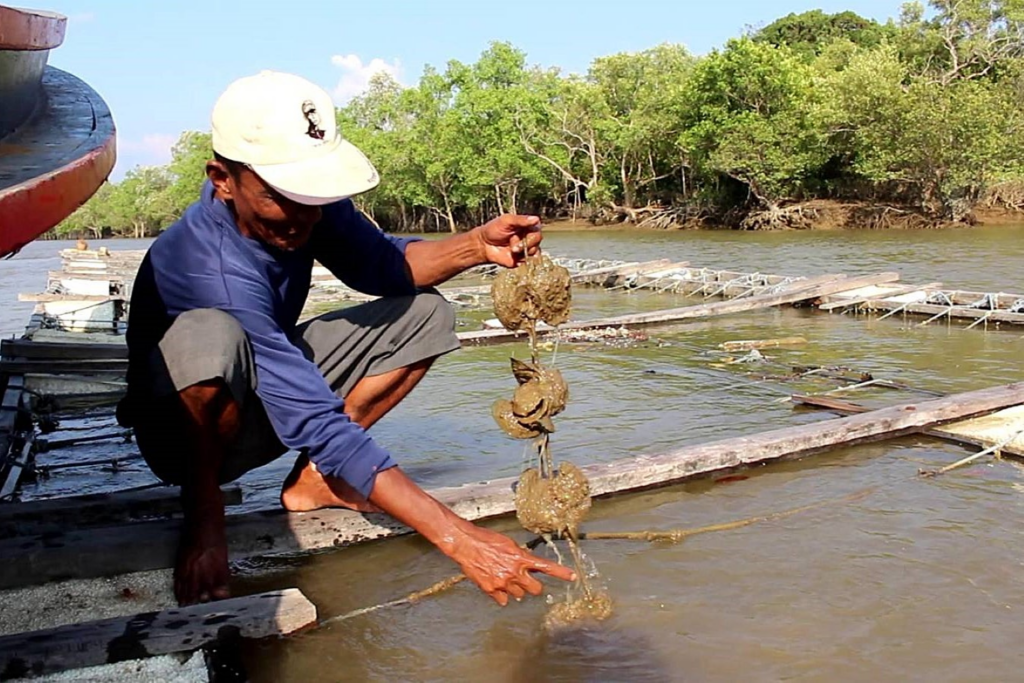
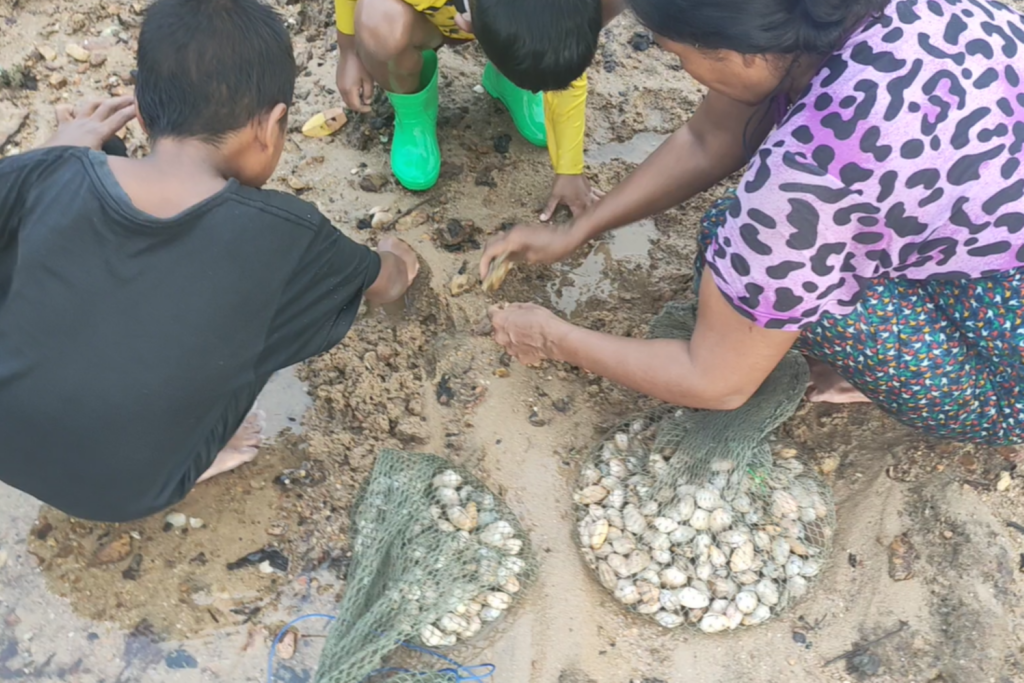
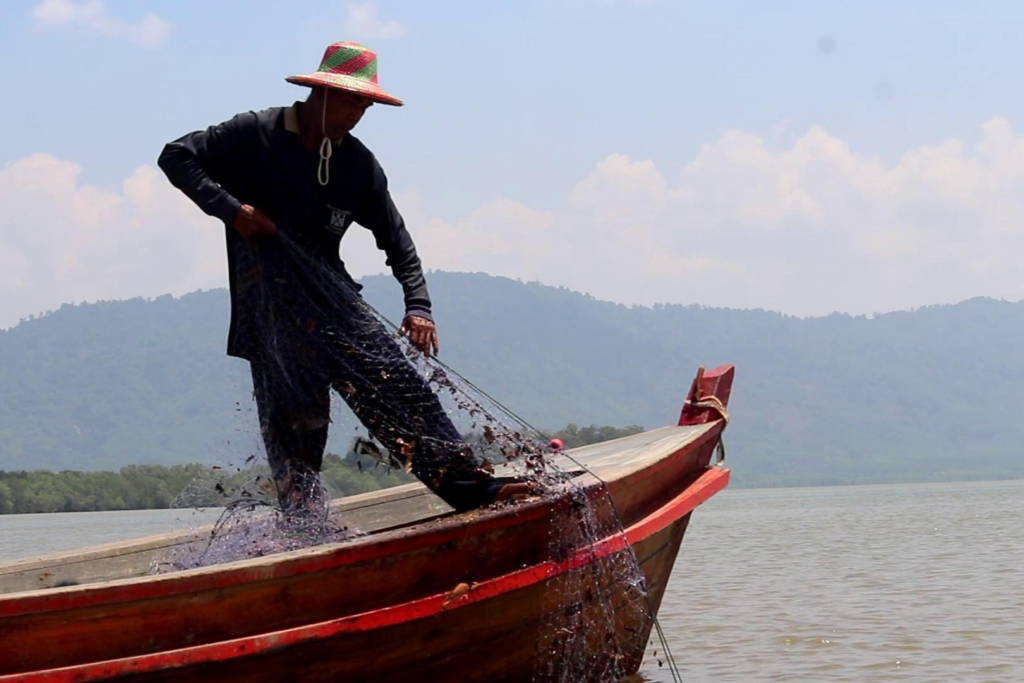
The growth of the conservation movement was also driven by local communities’ experiences with the loss of mangrove forests when they had previously cut down trees for charcoal production. As a consequence, many riverbanks collapsed and some marine species disappeared.
“Some crab species only inhabit the mangrove forests. They are still found in the mangrove forests on Thailand’s side, but they never came back to our side [at Myanmar’s border],” said a Pat-Chan villager.
Although Pat-Chan hero Ko Shwe Phan cannot return home just yet, he believes the river’s protection now largely depends on the local people who remain.
“We made an arrangement for local people [to lead conservation work] so they can protect the river if we are no longer there. Anyone who takes care of the Pat-Chan River can be a hero,” he said.
While it won’t be easy for them to drive the conservation movement at the moment, there will be those who are ready to step up once the unrest has subsided.
This story was produced in collaboration with Dawei Watch, a news outlet covering Tanintharyi region in southern Myanmar. Read Burmese version.


